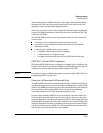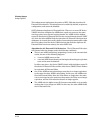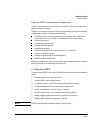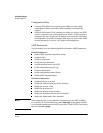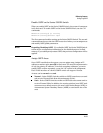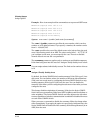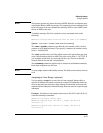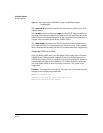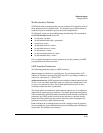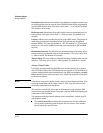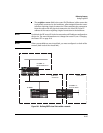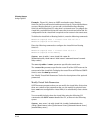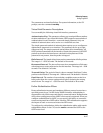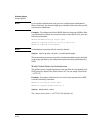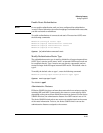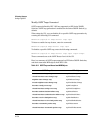
IP Routing Features
Configuring OSPF
Modify Interface Defaults
OSPF has interface parameters that you can configure. For simplicity, each of
these parameters has a default value. No change to these default values is
required except as needed for specific network configurations.
VLAN default values can be modified using the following CLI commands at
the VLAN interface level of the CLI:
ip ospf area <ip-addr>
ip ospf authentication-key <password>
ip ospf cost <num>
ip ospf dead-interval <value>
ip ospf hello-interval <value>
ip ospf priority <value>
ip ospf retransmit-interval <value>
ip ospf transmit-delay <value>
For a complete description of these parameters, see the summary of OSPF
port parameters in the next section.
OSPF Interface Parameters
The following parameters apply to OSPF interfaces.
Area: Assigns an interface to a specific area. You can assign either an IP
address or number to represent an OSPF Area ID. If you assign a number, it
can be any value from 0 – 4,294,967,295.
Authentication-key: OSPF supports two methods of authentication for each
VLAN—none and simple password. Only one method of authentication can
be active on a subnet at a time. The default authentication value is none,
meaning no authentication is performed.
The simple password method of authentication requires you to configure an
alphanumeric password on an interface. The simple password setting takes
effect immediately. All OSPF packets transmitted on the interface contain this
password. Any OSPF packet received on the interface is checked for this
password. If the password is not present, then the packet is dropped. The
password can be up to eight characters long.
Cost: Indicates the overhead required to send a packet across an interface.
You can modify the cost to differentiate between 100 Mbps and 1000 Mbps (1
Gbps) links. The default cost is always 1.
16-43



